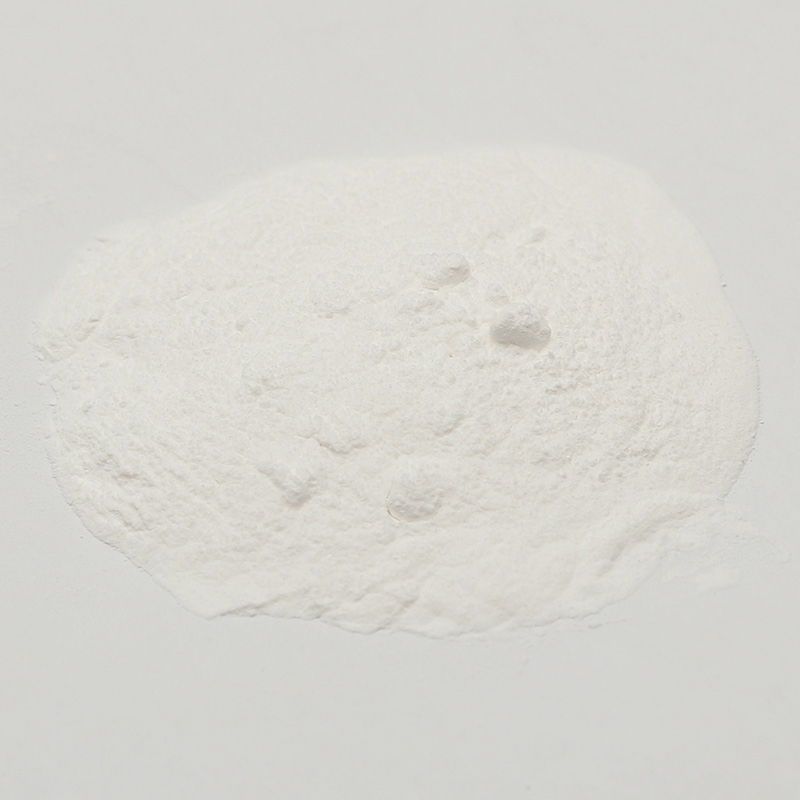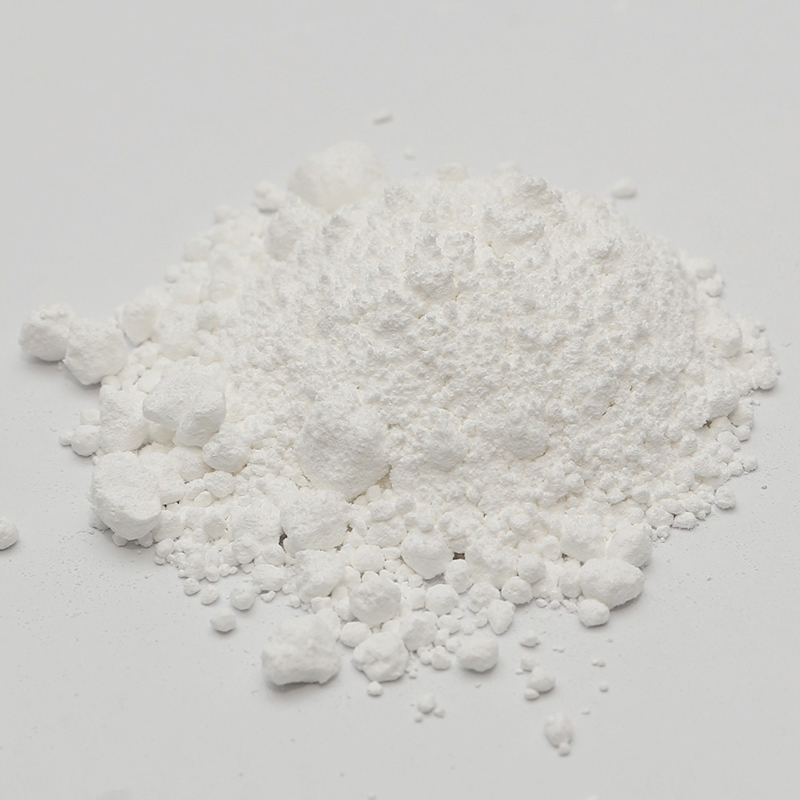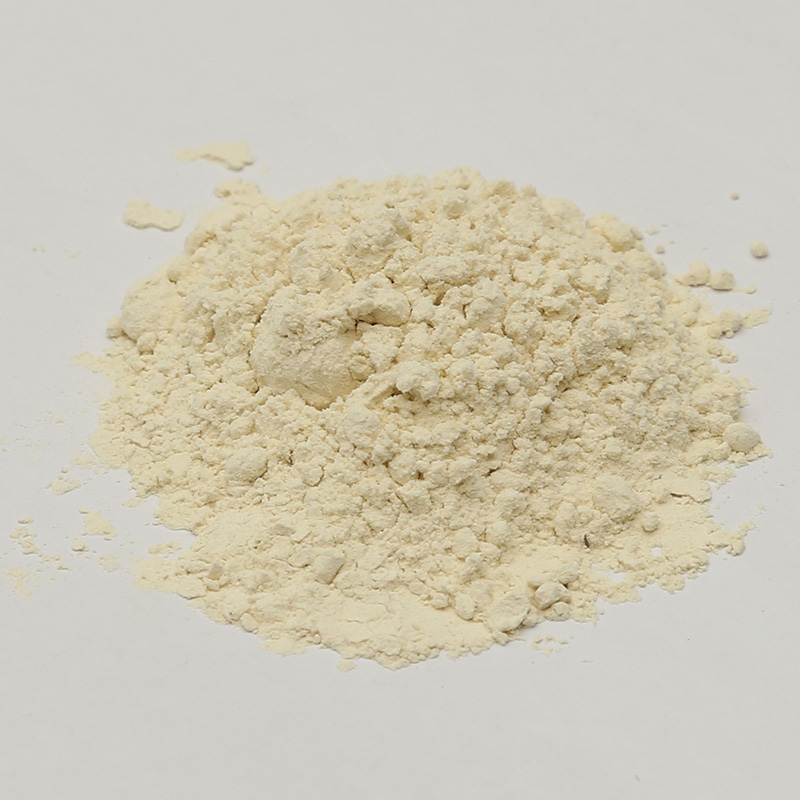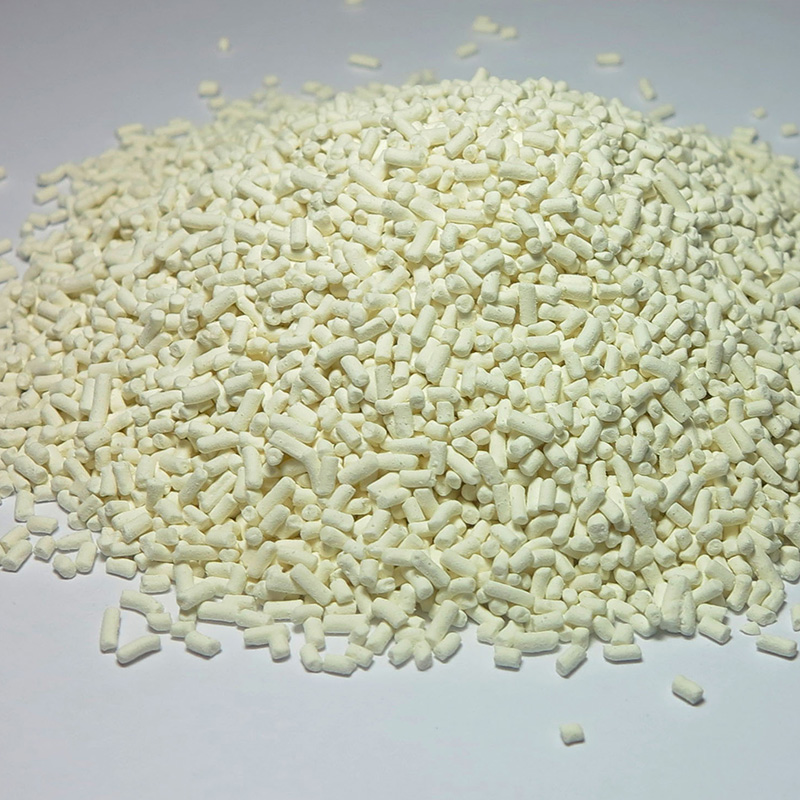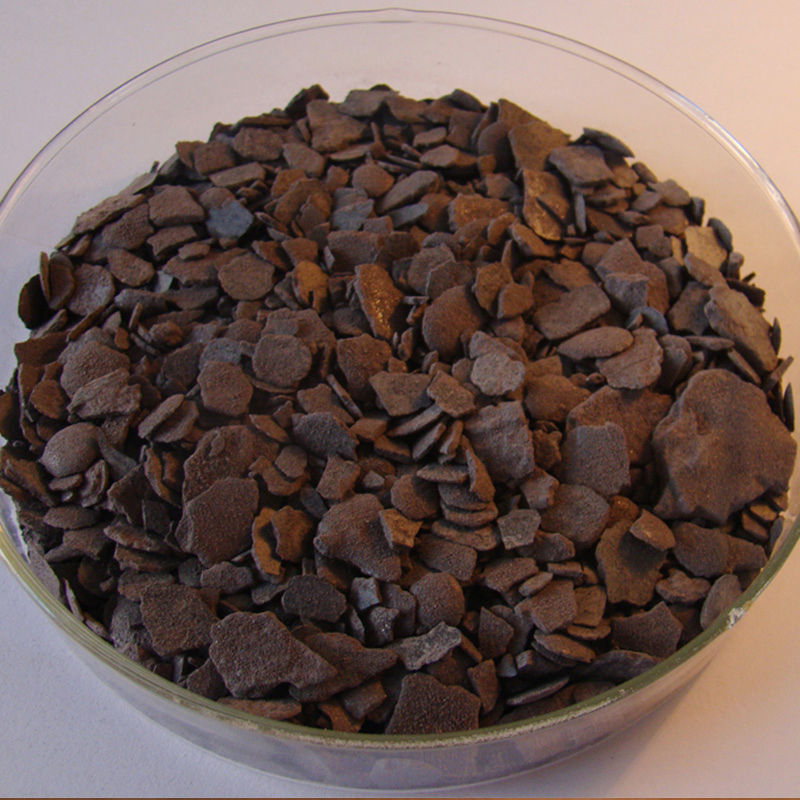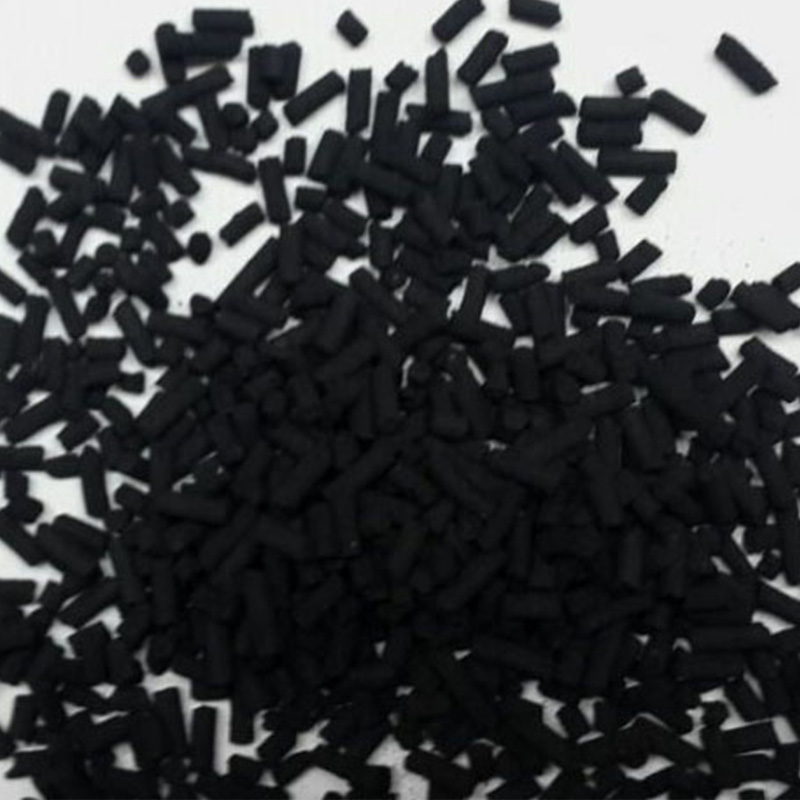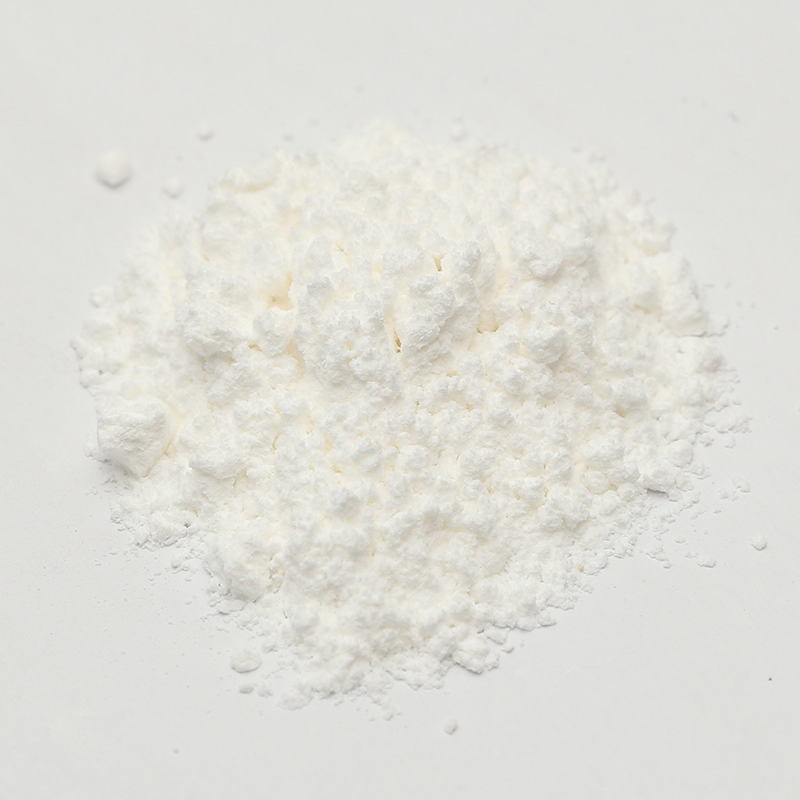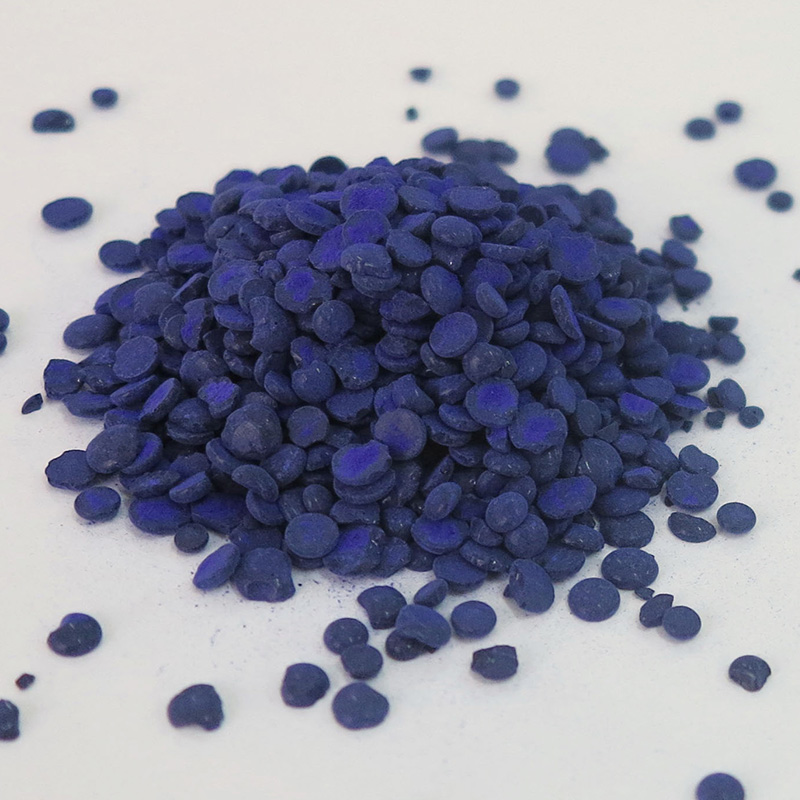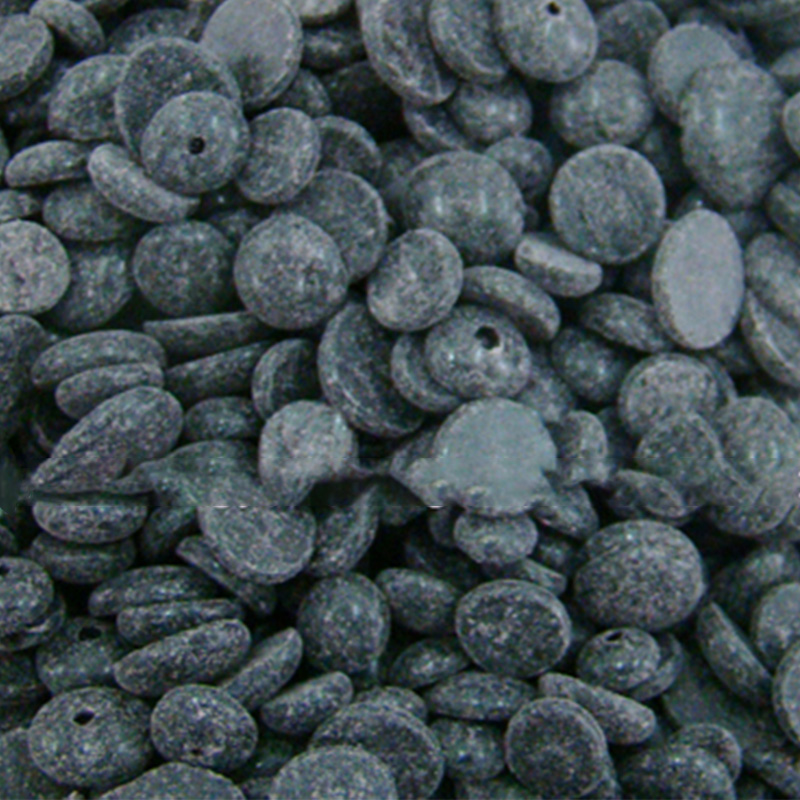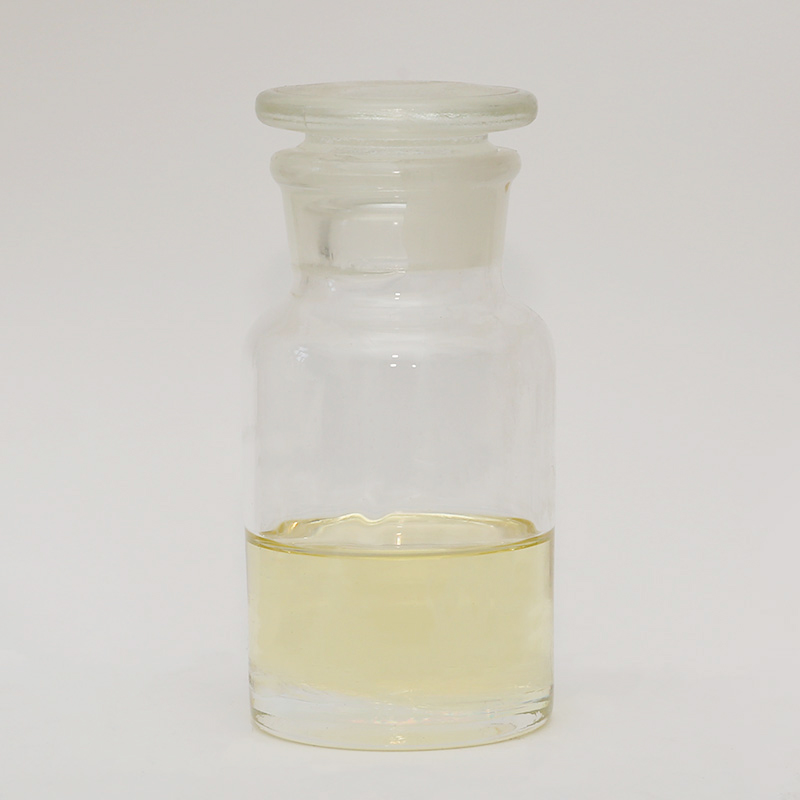Rubber products are widely used across various industries, from automotive to healthcare, due to their flexibility, resilience, and ability to withstand a range of environmental conditions. However, the inherent properties of rubber can sometimes fall short in terms of durability, especially when exposed to severe conditions. This is where rubber additives come into play. They are essential components that help enhance the performance and longevity of rubber products by improving their resistance to wear, aging, and environmental factors. In this article, we will explore the role of Sale rubber additives in increasing the durability of rubber products.
Rubber additives are substances that are mixed with raw rubber to modify or enhance its properties. These additives can serve a variety of functions, including improving the rubber's resistance to heat, cold, ozone, UV light, and oxidation. One of the primary functions is to enhance the rubber's resistance to aging, which can otherwise cause the material to become brittle and lose its flexibility. Through the incorporation of specific ones, manufacturers can significantly prolong the useful life of rubber products.
One common type of rubber additive is the antioxidant, which helps prevent the rubber from breaking down due to oxidation. Oxidation is a process where the rubber's molecules react with oxygen in the air, resulting in the degradation of its structure. This process can make rubber products prone to cracking and losing their elasticity. By using antioxidants as rubber additives, manufacturers can delay the oxidation process, thereby increasing the product's lifespan. Antioxidants work by neutralizing free radicals and other reactive oxygen species that would otherwise cause damage to the rubber material.
Another key category of rubber additives is plasticizers, which improve the flexibility and workability of rubber. These additives make the rubber more pliable and easier to process, but they also contribute to its durability. By reducing the hardness of the rubber, plasticizers help prevent cracking and improve its performance under stress. For example, in the automotive industry, plasticizers are used in tires to ensure they can withstand the pressure of constant contact with the road while maintaining their shape and elasticity. This helps to extend the lifespan of the tire and enhance its performance in various weather conditions.
Reinforcing agents are also critical OEM Rubber Vulcanizings that contribute to the material's durability. These additives, such as carbon black or silica, are used to increase the strength and wear resistance of rubber products. Carbon black is particularly effective in improving the rubber’s resistance to abrasion, UV light, and heat. By reinforcing the rubber matrix, these additives make the material more resistant to wear and tear, which is especially important for products that experience frequent friction, such as conveyor belts, tires, and footwear. The addition of reinforcing agents ensures that the rubber can maintain its functionality and structural integrity over time.
The combination of these various rubber additives can be tailored to meet the specific performance requirements of a wide range of rubber products. By carefully selecting and incorporating the right additives, manufacturers can create rubber materials that are not only more durable but also more resistant to the specific challenges they may face in their intended applications. This ability to customize rubber properties makes rubber additives a vital tool in improving the longevity and reliability of rubber products.
In conclusion, rubber additives play a vital role in enhancing the durability of rubber products. From improving resistance to oxidation and UV radiation to increasing flexibility and strength, they help extend the lifespan of rubber materials and ensure they perform ideally under a variety of conditions. Whether it is for automotive parts, industrial equipment, or consumer goods, the use of the right Thermoplastic Vulcanised Rubber Manufacturers allows manufacturers to produce more resilient and reliable rubber products, making them essential for high-performance applications. As the demands for more durable and versatile rubber products continue to grow, the role of rubber additives will remain central to meeting these requirements and ensuring the longevity of rubber materials.



 English
English Português
Português Español
Español русский
русский 中文简体
中文简体